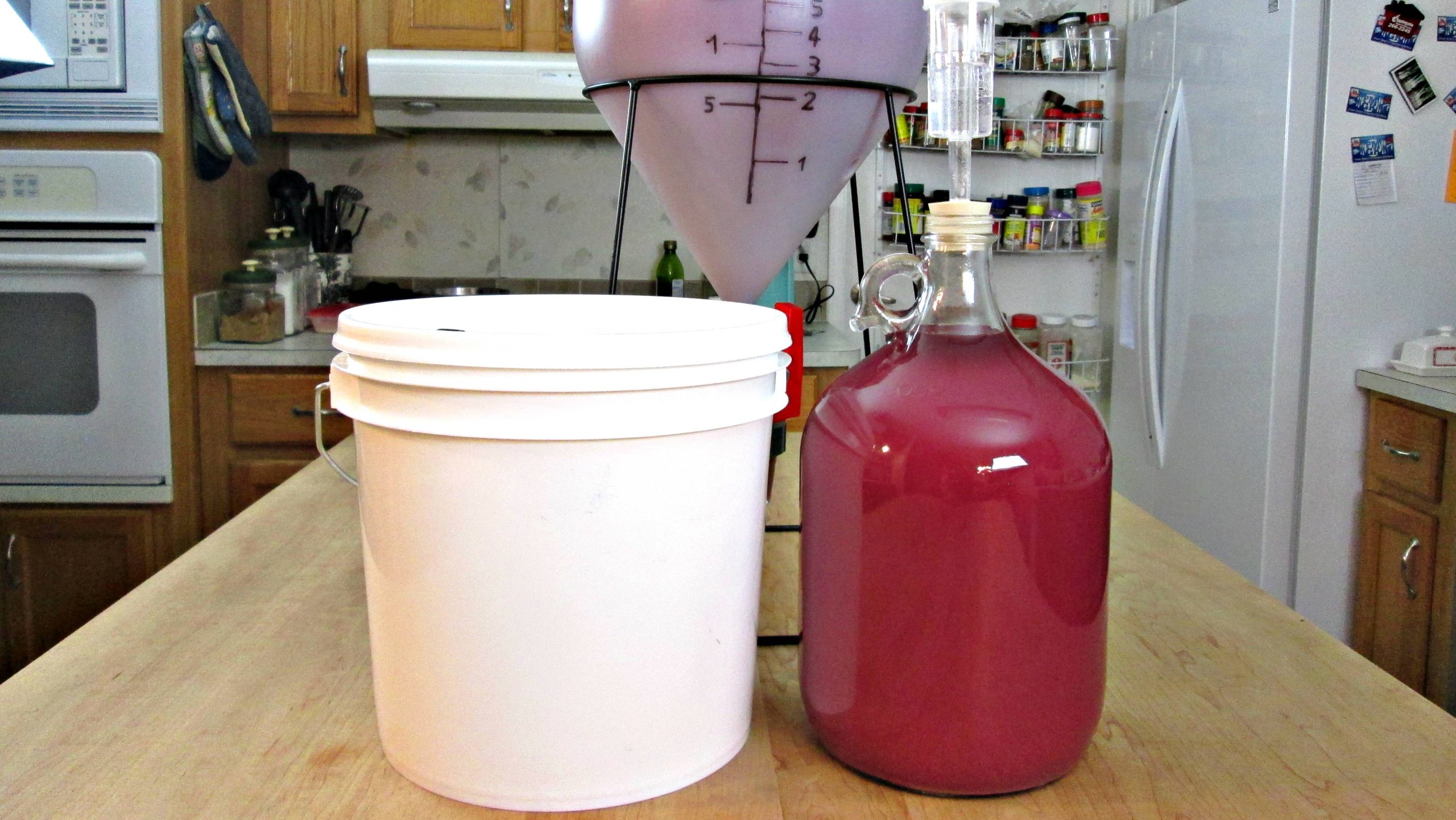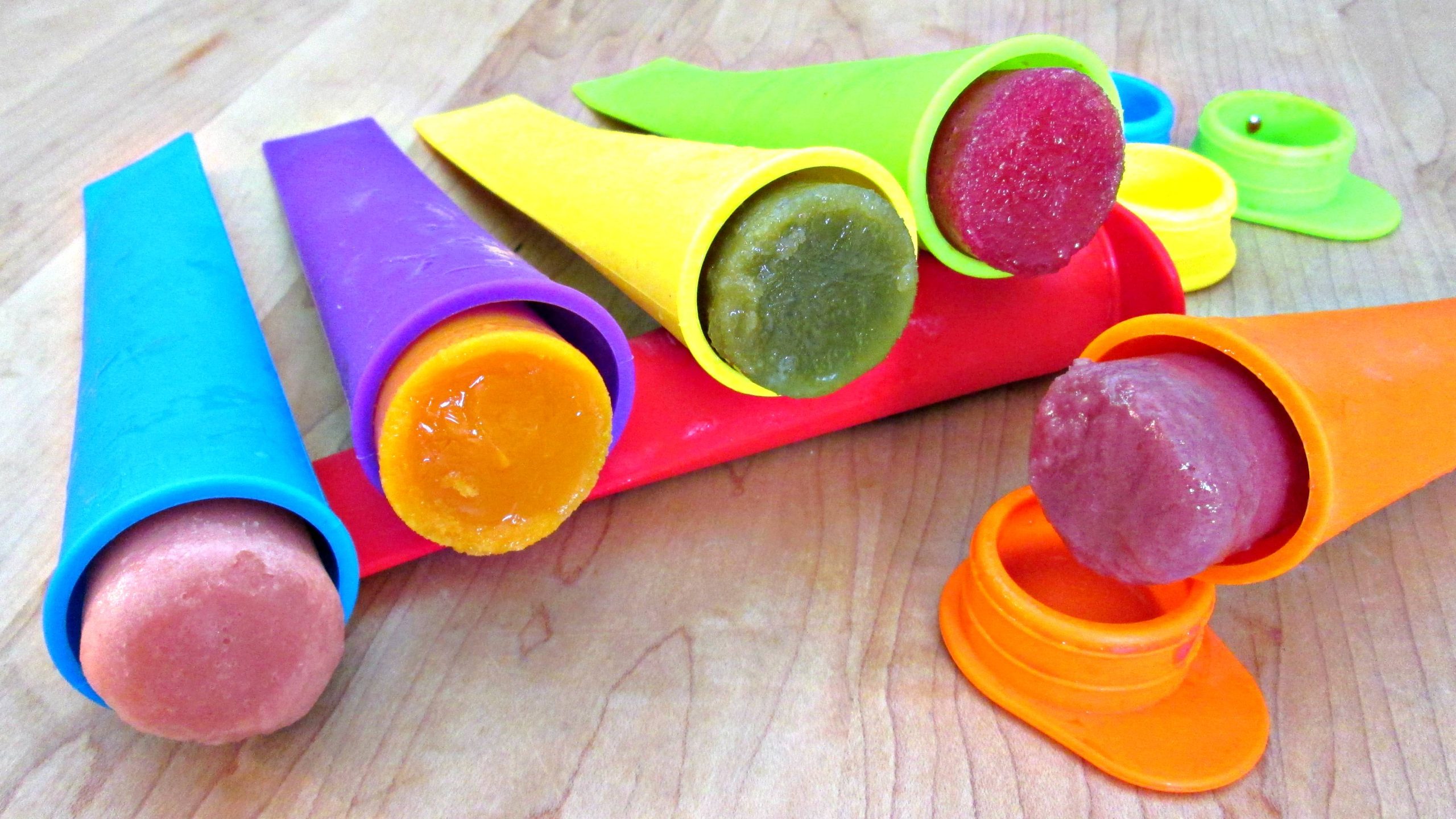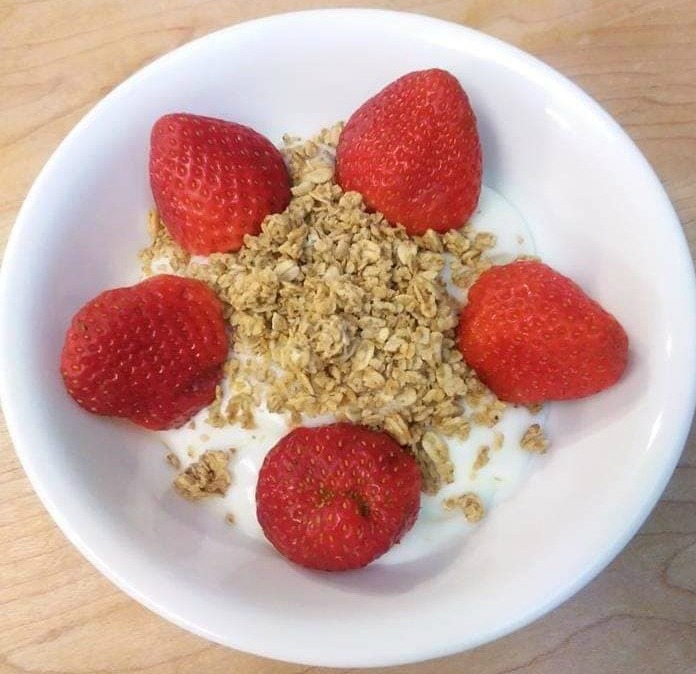
Bottling and Storing Wine
The Easiest Way to Bottle and Store Wine This is the Fourth installment to my “How to make Wine” video and blog post series. If you’ve missed the other posts and video tutorials, refer to the link above to get caught up. So far we’ve gone through the “Primary Stage” and the “Secondary Stage” of…



